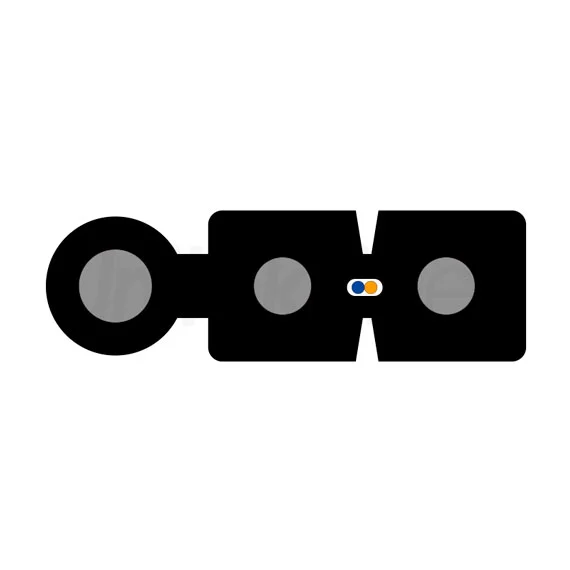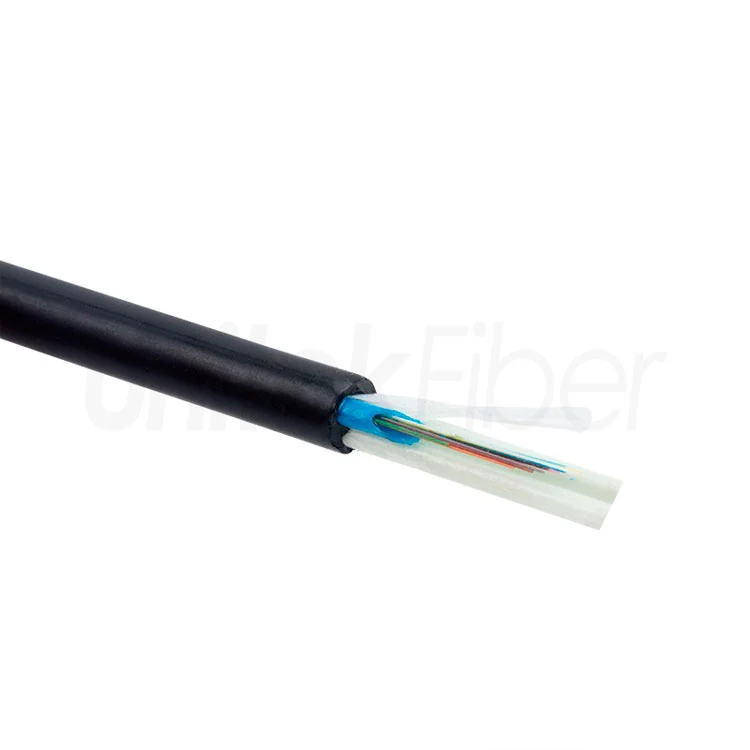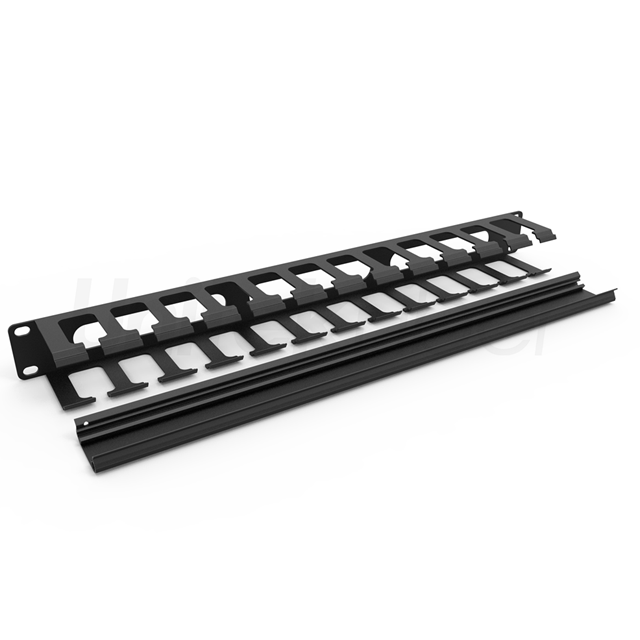
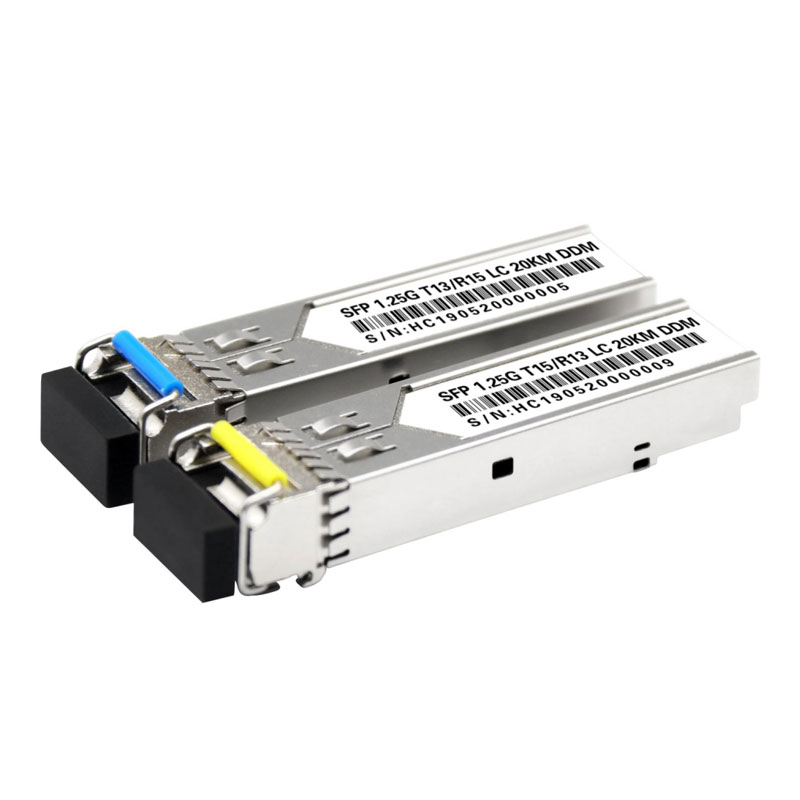
In today's data center applications, optical transceiver can be said to play a great role, but because of their small size, they are often not valued. In fact, optical transceiver are already the most widely used products in data centers. Today's data centers are basically fiber-optic interconnections, and cable interconnections are becoming less and less. Eventually, fiber-optic interconnections will replace cable interconnections. So without optical transceiver, the data center simply cannot operate. Below, Unitekfiber will take you to understand the characteristics of optical transceivers, and hope to make progress with you.
What are Characteristics of Optical Transceivers
The main characteristics of optical transceiver are modulation technology, maximum rate, maximum transmission distance, center wavelength, fiber type, optical port type, operating temperature range and maximum power consumption, etc.
Optical transceiver modulation technology is a technology in which an optical transceiver to modulate an electrical signal into an optical signal.
The maximum speed of the optical transceiver
The data capacity of the signal transmitted by the optical module through the optical fiber is limited. Different optical devices and modulation technologies determine the maximum speed of the optical transceiver. The maximum speed on the market is from 100Mbps to 400Gbps.
The maximum transmission distance of optical transceivers
Although optical transceivers transmit optical signals through optical fibers, their transmission distance is far longer than electrical signals transmitted through copper wires, but they are still limited. Different types of optical devices and optical fibers determine the maximum transmission of optical transceiver. Currently the maximum transmission distance on the market is from 100m to 2000km.
The Center wavelength of the optical module
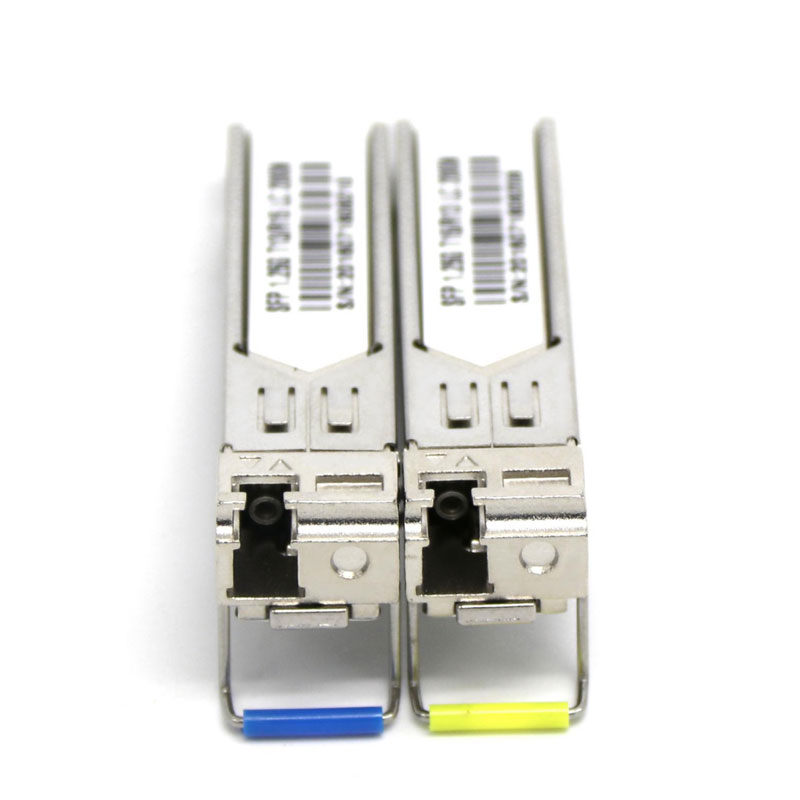
The center wavelength refers to the optical band used for optical signal transmission. At present, there are mainly three central wavelengths of optical transceivers commonly used: 850nm band, 1310nm band, and 1550nm band. 850nm band is mostly used for short-distance transmission. 1310nm and 1550nm bands: mostly used for long and medium distance transmission.
Optical fiber type of optical transceiver
Multimode fiber is used for short-distance transmission (generally no more than 2km), there are five types of OM1, OM2, OM3, OM4 and OM5. Single-mode fiber is used for long-distance transmission (generally not less than 2km), there are two types of OS1 and OS2.
Optical port type of optical transceiver
The optical port refers to the interface of the optical transceiver connected to the fiber jumper. Generally, the interface are MPO, duplex LC, simplex LC, and simplex SC. MPO optical ports can be subdivided into MPO12 (for 8 or 12 fibers) and MPO24 (for 16 or 24 fibers) according to the number of fibers required for optical transceiver transmission.
If you neen more information or support on fiber optical products, please don't hesitate to contact us sales@unitekfiber.com, we will try our best to support you.

